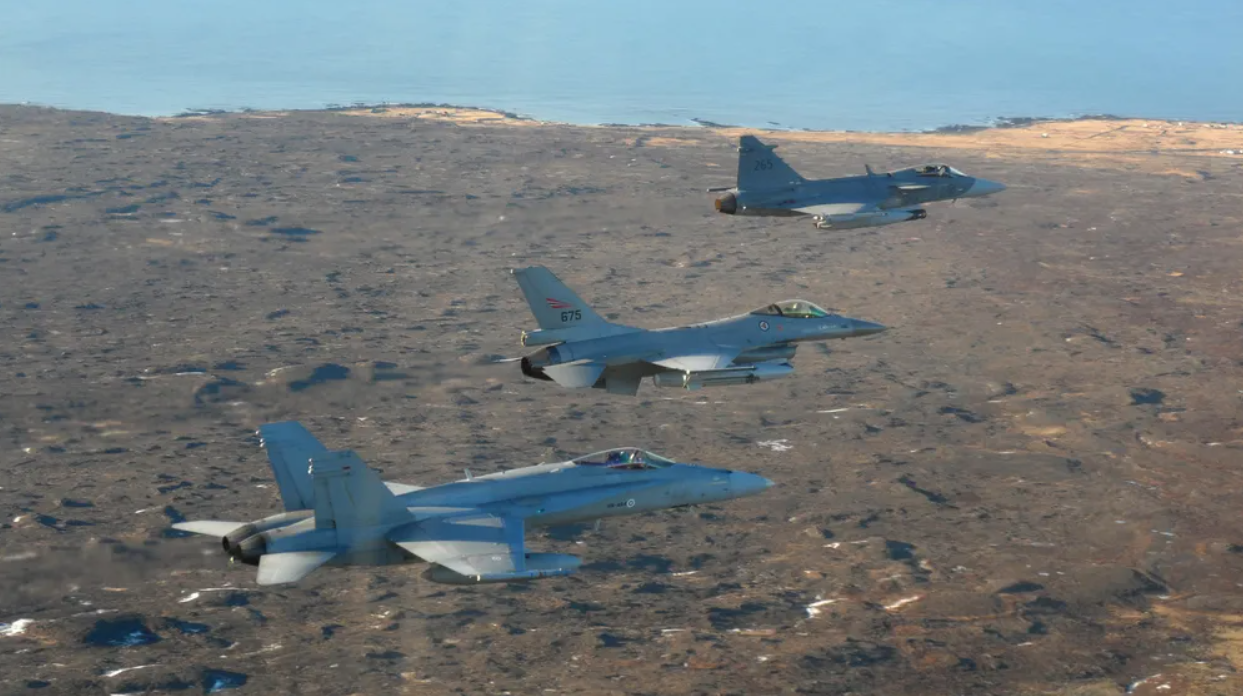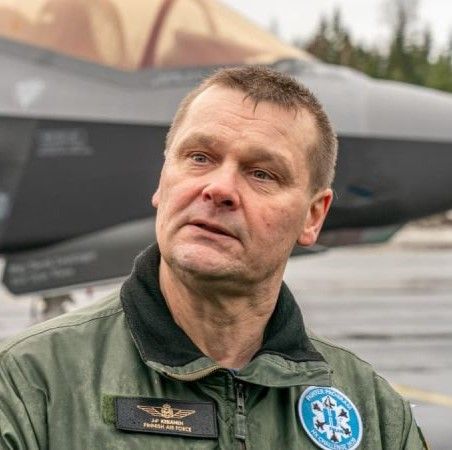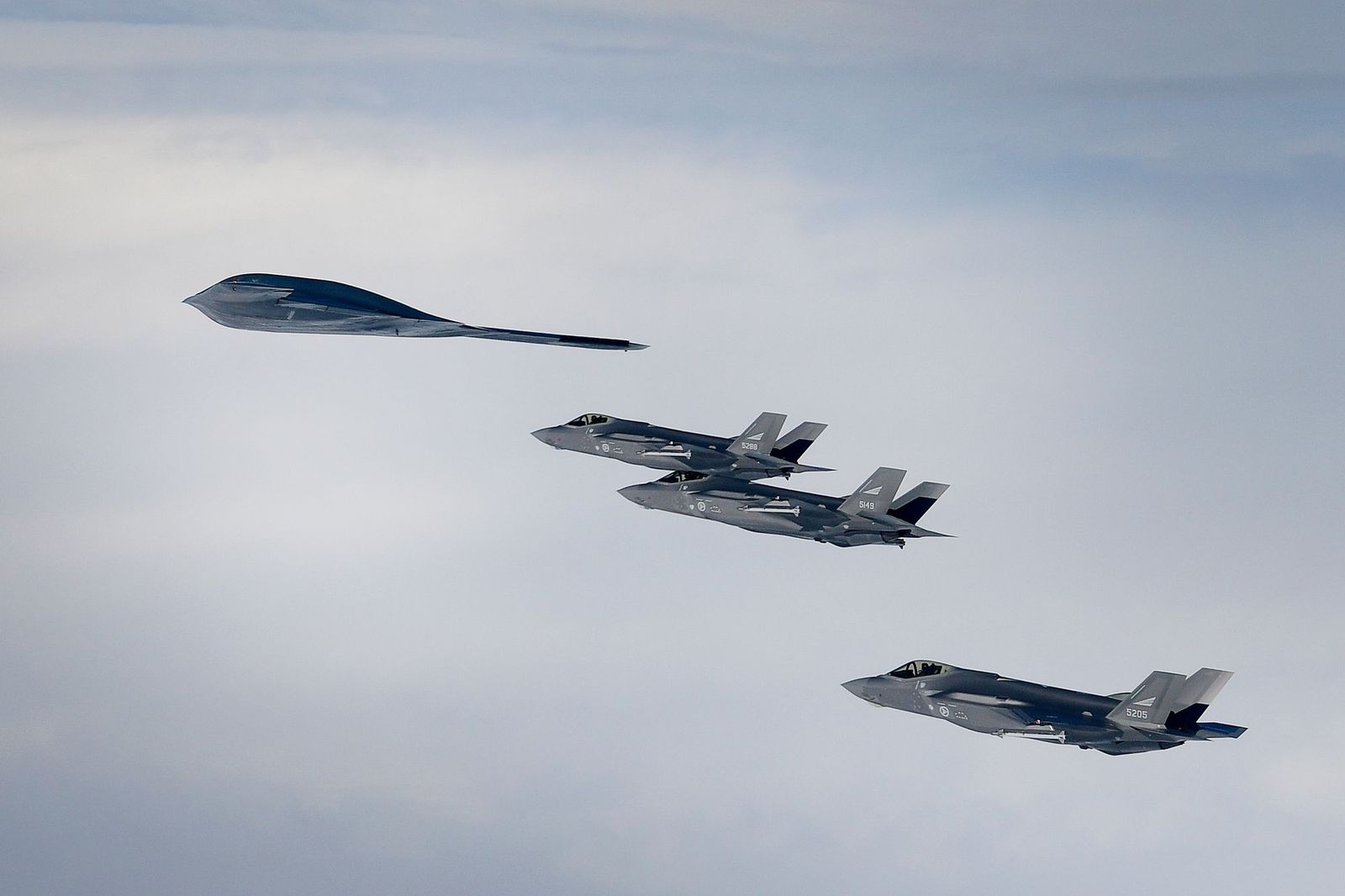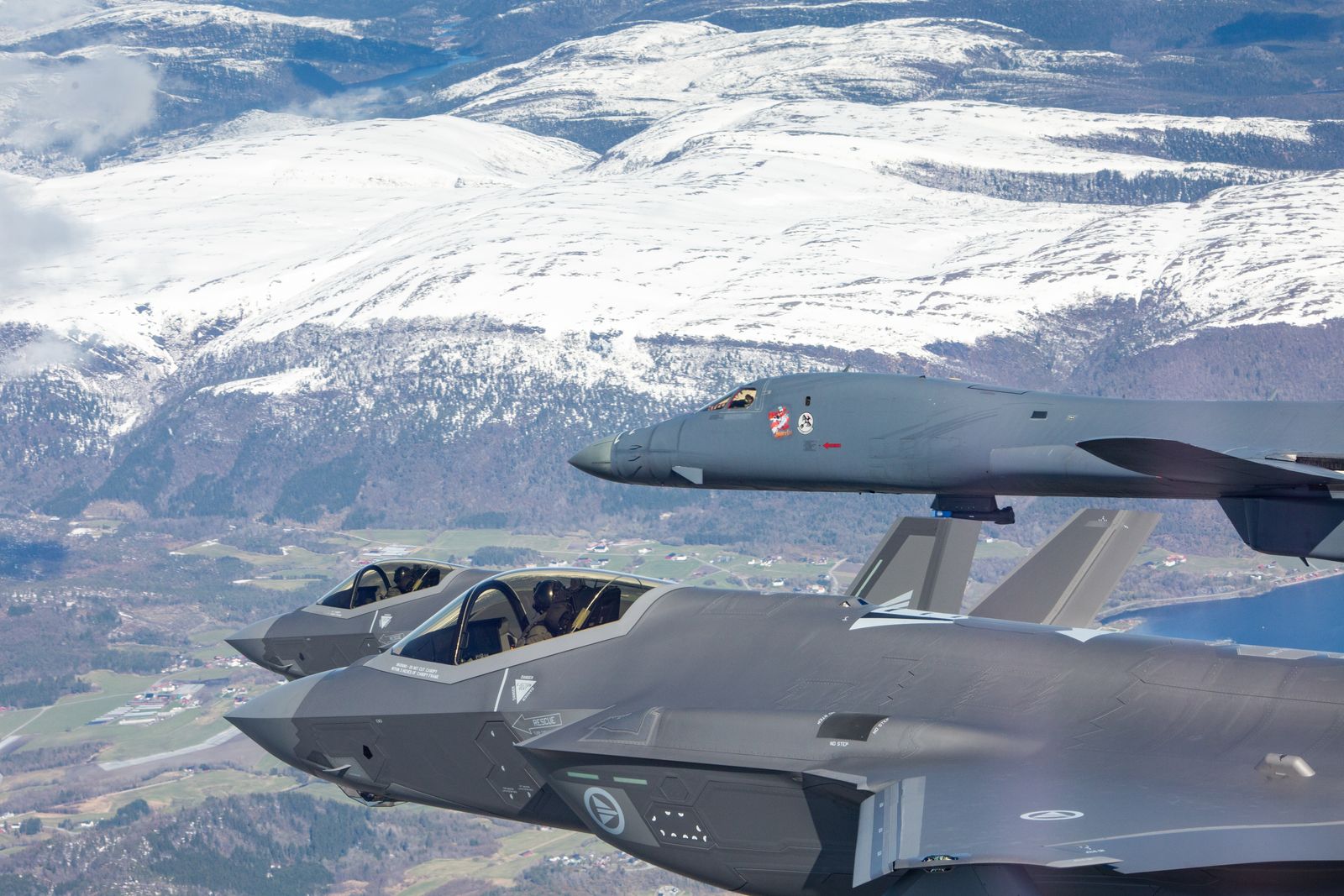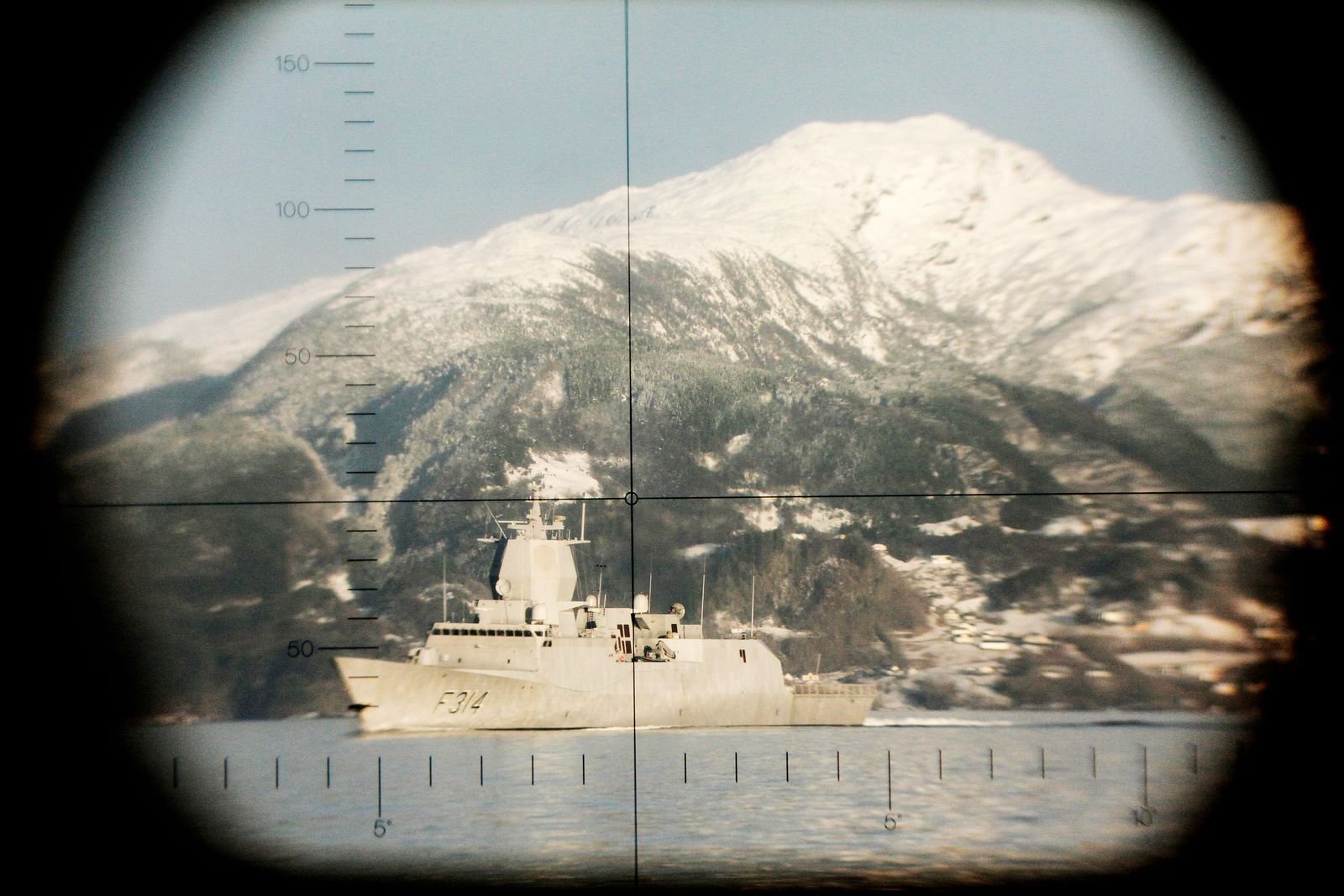A historical decision to amend Finnish security policy was taken on 17thMay 2022 when the Finnish government decided to apply for Nato membership. After almost 30 years of Nato partnership for peace program membership and amidst the war in Ukraine, this decision is the utmost shift in our security policy since the ending of the second World War.
Joining Nato will have large scale impacts on the Finnish Defense forces. Once ratified by all Nato members, the Alliance will provide the backbone of our deterrence and it will be a key driver for our future development. In this context, I will provide my insight on Finnish Air Force current competences, short falls and future capabilities.
2022 – A year of change
The decision to replace FINAF current F/A-18 fleet with F-35A was taken in December 2021. By that decision, the Finnish Air Force will join the European family of F-35 users, which will have more than 600 aircraft by the end of 2030. Notably, 3 out of the 4 Nordic Air Forces will operate the F-35A, a fact which holds great potential for deep co-operation. In the same timeframe Finland will acquire a new Surface based air and missile defense system which will vastly increase our SBAMD interception volume. We are currently in the down selection phase with remaining two candidates from Israel: Barak MX and David’s Sling. Final decision is expected early next year. Both of these new capabilities will reach their FOC by the end of 2020’s. At the same time, the Finnish Air Force is in a very positive state, as the F/A-18 fleet is at its highest capability after two Midlife upgrades, our personnel are familiar with national and coalition tactics, techniques and procedures and our digital ISR & Air C2 system has been fully operational for some years. When adding together the afore mentioned capability programs and joining in the Nato family, I am confident that the future of Finnish Air Defense is very bright. Surely, there is a colossal amount of work to be done before all of these "projects" are fielded and fully integrated in the Nato. There will be many busy years ahead of us as FINAF is relatively lean personnel wise. This places great importance on leadership because there is a necessity to prioritize our workload and carry out these projects in a balanced manner. The trick is to study all of our functions carefully and decide which ones to deprioritize.
Nordic Air power co-operation
Finland is bordering Russia for more than 1300 kilometers. That border will be a NATO border in the near future. Nordic air powers will be operating together within Russia's standoff weapons range at all times. To cope with this fact Finnish Air Defense has utilized the doctrine of dispersed, mobile battle concept for decades. Concisely it means that we have to be moving, not only the fighters, but our logistic support as well. FINAF has a network of airbases, airfields and road strips to be used to allow dispersed operations. From a Finnish point of view, our potential to employ a mobile battle concept will increase greatly when joining the Alliance as our combined operational depth increases.
Finnish and Swedish accession to Nato will open up many possibilities for Nordic Airpower development as a whole. Currently, Finland and Sweden have had a close relationship ie. we have planned, trained and operated deeply together and for now we can expand co-operation with Nordic Nato members’ Denmark and Norway. It is certain that we have to find ways how to plan, task and conduct air operations together, including readiness and alert states (peacetime and beyond). Nordic countries have more than 200 modern fighter aircraft and it will be important to find ways to operate our capabilities together in a holistic manner. One of our co-operation areas is and will be air surveillance and recognized air picture production. We are already sharing radar data within the framework of NORDEFCO/NORECAS, but there is room for improvement and optimization. Luckily, Nordic countries have a long tradition to co-operate. Our culture, legislation and working methods are fairly alike, so I feel strongly that we have a great foundation to build upon.
When looking at current Nordic Air Power shortfalls it is fair to expect that military alignment will provide a vehicle for improvement. Aerial Early warning (AEW), Air lift, Air to air refueling, electronic warfare and joint effects are capabilities which might be too expensive for a single air force to procure and operate. Like-minded air forces could find ways to fix or minimize those shortfalls together. Seizing those opportunities require that we should plan future capability development together and solve how to Command and Control our Air defenses in future.
The basic nature of Air Power is such that it might not be beneficial to hold on only to current Air C2 arrangements. From my point of view, we have to develop tactics, techniques and procedures suitable for the Great North in crisis and war. Hence, it could be prudent to gather all critical functions under a single C2 entity we should also seek for flexibility and redundancy. These considerations are ongoing while writing this, but one should remember that Nato Air C2 concept of operations is also under revision and it will have an impact on how Nordic Air C2 structures and operations will be run in the future. Simultaneously, it is obvious that each of Nordic nations will have to maintain some level of own Air C2 for integrated national joint operations. That is also required in order to preserve the capability to safeguard one’s national integrity. Currently there are differences in our national legislatures, which means that not all of the functions can be combined at least not in a short term. However, there are many functions which can be tailor made in a way which would provide a significant added value to our current posture and readiness. One of those will be our peace time quick reaction alert functions i.e. air policing. Nordic countries can increase their effectiveness just by using assets and air C2 elements collaboratively.
Personally, I'm truly interested in studying our joint Nordic possibilities and lead my Air Force into the Alliance. There lies a lot of work ahead of us, but it is intriguing to do things for the first time and to be in the mix of creating something new. The Finnish Air Force future looks bright and it will be ever brighter together with our Nato and Nordic allies and friends. Stronger Together!
Foto: Finsk F-18, norsk F-16 og svensk Jas-39 Gripen over Island i 2014 - Försvarsmakten Sverige


